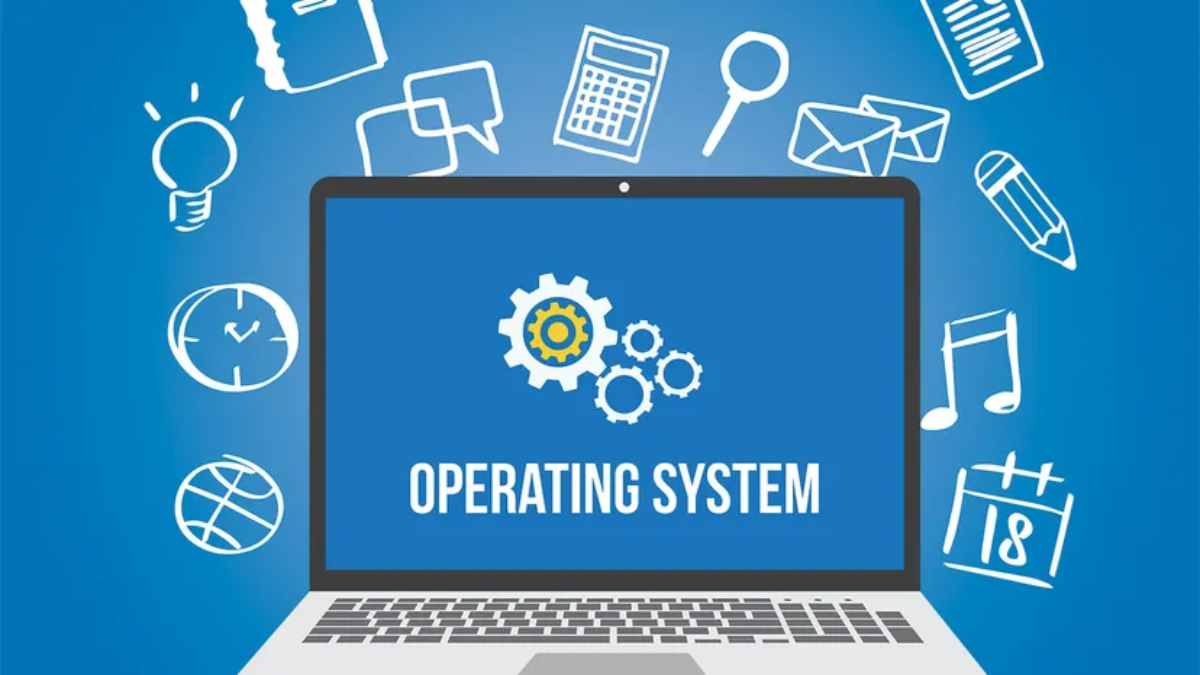Table of Contents
What is the Operating System?
The operating system is the software that coordinates and directs all the services and applications that the user uses on a computer, making it the most important and fundamental. They are programs that enable and regulate the most basic aspects of the system. The most widely used operating systems are Windows, Linux, OS / 2 and DOS.
Operating systems, also known as cores or kernels, generally run with privileges over the rest of the software, without allowing any program to make significant changes to them that could compromise their operation.
Operating Protocol
The operating system is the basic operating protocol of the computer, coordinating all of its other communication, processing, and user interface functions.
Operating systems consist of graphical interfaces, desktop environments, or window managers that provide the user with a graphical representation of running processes. It can also be a command line, that is, a set of instructions classified according to their priority and that operate according to the commands entered by the user.
The first versions of computers did not have an operating system. In the 1960s, computers used batch processing, and it was during these years that operating systems began to develop.
Although some well-known programs already began to emerge from the eighties, from the nineties these programs began to be more flexible and stronger. One of the great steps was the launch of Windows 95.
What is an Operating System for?
Operating systems allow other programs to use them as a means to function. For this reason, depending on the system used, some programs may be installed and others may not.
They are an essential part of the operation of computer systems and the central piece of software in the process chain, since they establish the minimum conditions for everything to work: resource management, the mode of communication with the user and with others. systems, additional requests.
Components of an Operating System
The operating system has three essential software components or packages that allow interaction with the hardware:
- System files: This is the registry of files where they acquire a tree structure.
- Command interpretation: It is made with components that allow the interpretation of commands, whose function is to communicate the commands given by the user in a language that the equipment can interpret (without the person giving the commands knowing this language).
- Center: It allows to operate in basic matters such as communication, input and output data, process management and memory, among others.
Functions of an Operating System
- Manage random access to memory and run applications by designating the necessary resources.
- Manage the processor through a scheduling algorithm.
- Route data inputs and outputs (via controllers) through input or output devices.
- Manage information for the correct functioning of the PC.
- Direct use permissions for users.
- Manage files.
Characteristics of an Operating System
- It is the intermediary between the user and the team.
- It is necessary for the operation of all computers, tablets and mobile phones.
- Provides security and protects computer files and programs.
- It is designed to be user friendly and user friendly.
- Allows efficient management of computing resources.
- Most require payment for a user license.
- Allows you to interact with multiple devices.
- It is progressive, because there are constantly new versions that are updated and adapted to the user’s needs.
Type of Operating System
- The types of operating system vary depending on the hardware and also function of each device. There are some for computers and others for mobile devices.
Depending on the user, they can be: multi-user, an operating system that allows several users to run their programs simultaneously; or single-user, an operating system that allows only one user’s programs to run at a time. - Depending on the task management, they can be: a single task, an [operating system] that allows only one process to run at a time; or multitasking, an operating system that can run multiple processes at the same time.
- Depending on the management of resources, they can be: centralized, an operating system that only allows to use the resources of a single computer; or distributed, an [operating system] that allows processes on multiple computers to run at the same time.

